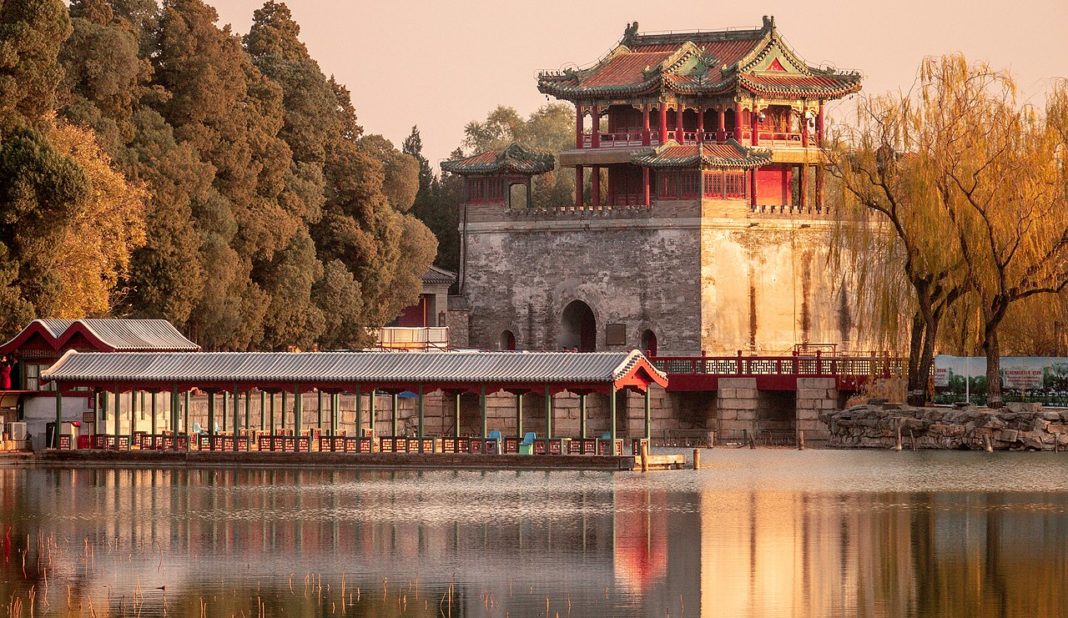The Summer Palace is a vast ensemble of lakes, gardens, and palaces in Beijing. It was an imperial garden in the Qing dynasty. Inside includes Longevity Hill Kunming Lake and Seventeen Hole Bridge. It covers an expanse of 2.9 square kilometers.
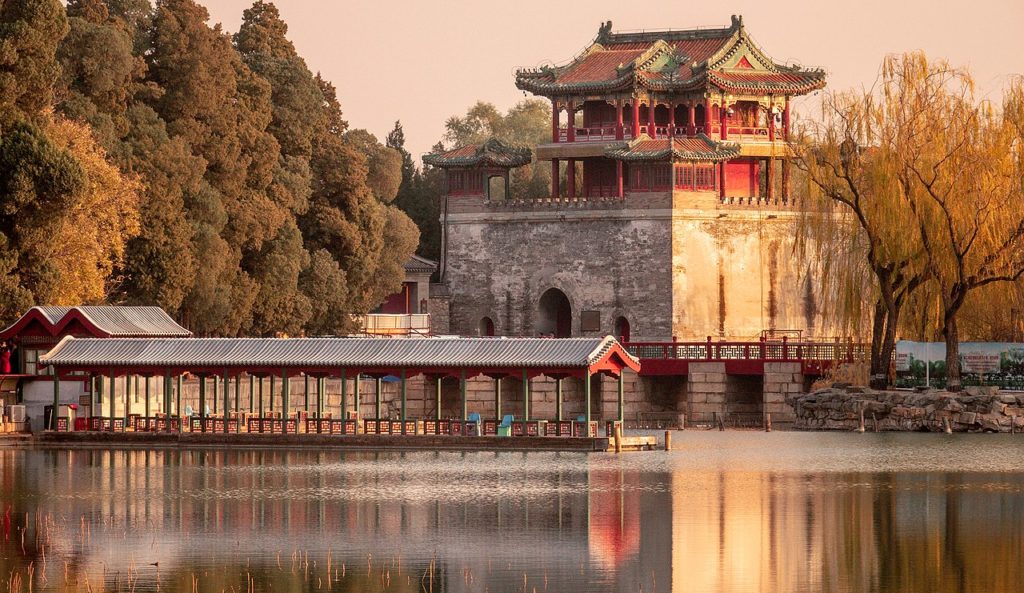
The Summer Palace in Beijing integrates numerous traditional halls and pavilions into the Imperial Garden conceived by the Qing emperor Qianlong between 1750 and 1764 as the Garden of Clear Ripples. Using Kunming Lake, the former reservoir of the Yuan dynasty’s capital, and Longevity Hill as the basic framework, the Summer Palace combined political and administrative, residential, spiritual, and recreational functions within a landscape of lakes and mountains, in accordance with the Chinese philosophy of balancing the works of man with nature.
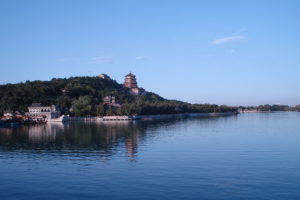
The entire Summer Palace is centered on Longevity Hill and Kunming Lake, with the latter covering about three-quarters of the area. Most of the important buildings were built along the north-south axis of Longevity Hill, which is divided into the front hill and the back hill.
Longevity Hill is about 60 meters high and has many buildings positioned in sequence. The front hill is rich with splendid halls and pavilions, while the back hill, in sharp contrast, is quiet with natural beauty. The central Kunming Lake, covering 2.2 square kilometers, was entirely man-made and the excavated soil was used to build Longevity Hill.
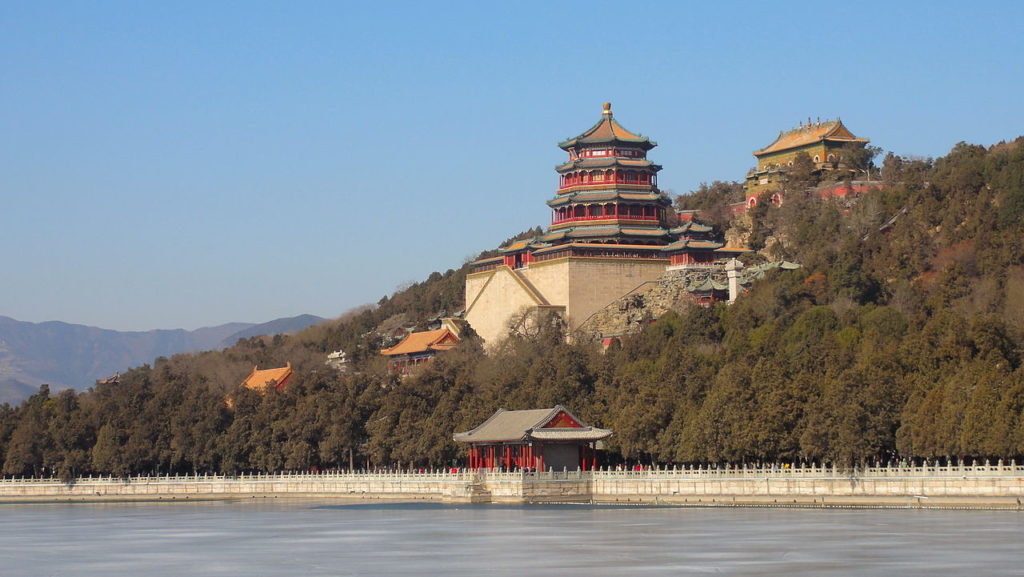
There are three small islands within Kunming Lake: Nanhu Island, Zaojiantang Island, and Zhijingge Island. The West Dam of Kunming Lake divides the lake into two. The East Dam was constructed during the reign of the Guangxu Emperor. The attractions in the Summer Palace may be divided into six different sections or scenic areas: the Halls, Longevity Hill, Kunming Lake, the Farming and Weaving Picture Scenic Area, the Long Corridor, and the Central Axis area.
Inspired by the gardens in South China, the Summer Palace, there are over 3,000 various Chinese ancient buildings that house a collection of over 40,000 kinds of valuable historical relics from each dynasty.
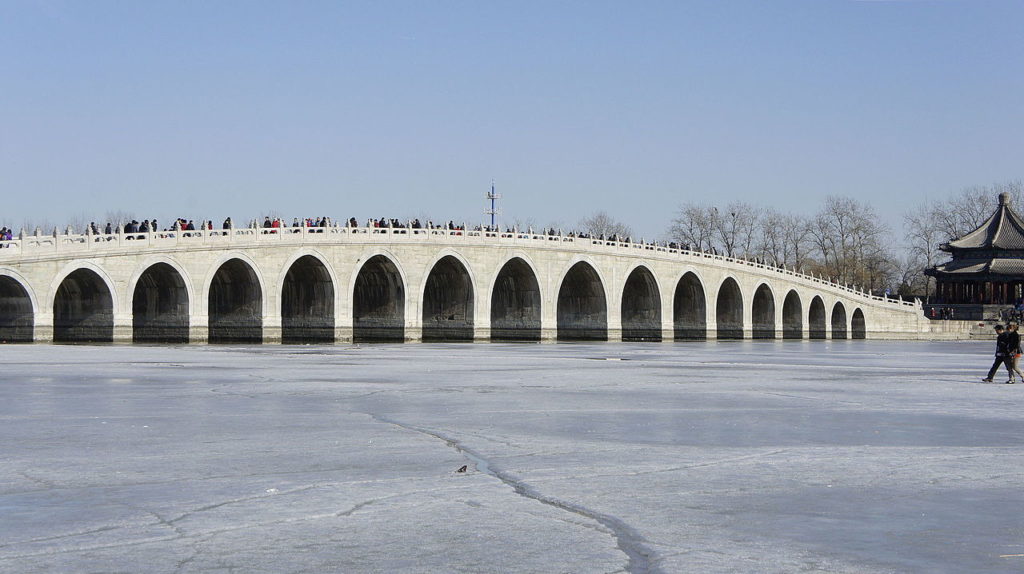
In December 1998, UNESCO included the Summer Palace on its World Heritage List. It declared the Summer Palace “a masterpiece of Chinese landscape garden design. The natural landscape of hills and open water is combined with artificial features such as pavilions, halls, palaces, temples, and bridges to form a harmonious ensemble of outstanding aesthetic value”.
Notably in Chinese history, it is also the Central Route terminus of the South-North Water Transfer Project having traversed 1,267 km from Danjiangkou Reservoir, Hubei, making it Beijing’s main water supply.
According to Wikipedia





